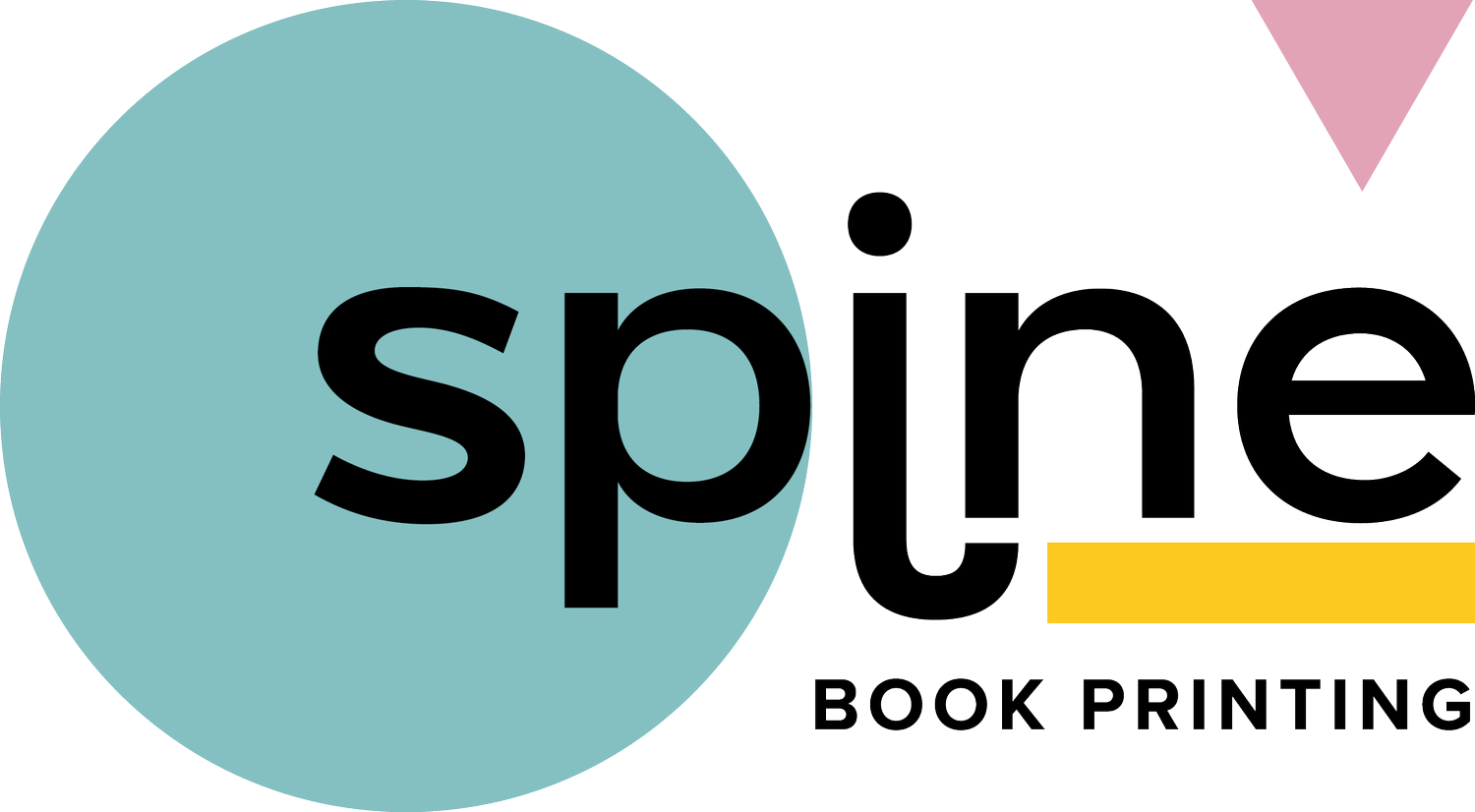Font Failures That Make Books Unreadable
Choosing the right font is more important than some might think. In book design, fonts are not just for decoration; they play a key role in how readers experience the story. The style, size, and spacing of your text can significantly influence how easy or difficult it is for someone to engage with your content. When readers don't have to strain their eyes or reread lines, they can fully immerse themselves in the narrative you’ve worked so hard to create.
On the flip side, poor font choices can quickly turn what could be an enjoyable read into a frustrating ordeal. Fonts that are too decorative, too small, or lack enough contrast with the background can cause eyestrain and make texts unreadable. This creates a barrier between your story and your audience, potentially turning enthusiastic readers away before they truly start. Understanding common font pitfalls helps ensure your book connects with readers effortlessly.
Common Font Failures
Let's explore some frequent font missteps that can detract from a book’s readability:
- Overly Decorative Fonts: Fonts with too many curls and flourishes might look pretty but can quickly become a headache to decipher. Save these for limited use in headings or decorations, not for body text.
- Incorrect Sizing: Text that's either too small or excessively large can disrupt the reading flow. A balanced text size allows for smooth reading without any squinting or feeling overwhelmed.
- Poor Contrast: If the colour of the text blends too much with the background, readers will struggle to make out words. High contrast, like black text on a white background, is often easiest on the eyes.
These font failures often result in text that readers might simply skip over. It's crucial to maintain a reader-friendly design to retain engagement. A book with unreadable fonts loses its persuasive power to captivate and connect with its audience.
Impact on Book Design Interior
Font selection can dramatically influence the interior layout and design of a book. When the font is well-chosen, the text flows naturally, guiding readers effortlessly from page to page. On the other hand, poor font choices can disrupt this flow, making it harder to follow and diminishing the visual appeal. A clean and readable font, paired with the right spacing, can enhance the reader's journey by offering an intuitive reading experience.
For instance, a book designed with a classic, easy-to-read font like Garamond might invite readers to lose themselves in the content, while a book cluttered with Comic Sans or a similarly unorthodox choice might push them away. It's not just about legibility, either. Fonts can convey mood. Serif fonts, for example, might suggest tradition and reliability, whereas sans-serif fonts often feel modern and straightforward. Striking the right balance in font choice can elevate the emotional resonance of your work, ensuring your message is received loud and clear.
Tips for Choosing the Right Font
Selecting the right font involves more than picking a favourite style from the list. Here are some practical tips to consider when choosing fonts for your book:
- Simplicity First: Opt for fonts that are clean and simple rather than overly elaborate. This increases readability and reduces distractions.
- Size Matters: Ensure the font size is large enough for comfortable reading but not so large that it feels like shouting. Experiment with different sizes to find the perfect match.
- Contrast: Choose font colours that stand out against the background of your pages. This ensures your text is clear and easy to read.
- Pairing Fonts: If you're using multiple fonts, pair them carefully. Typically, a serif font for the body text and a sans-serif for headings can create a pleasing contrast.
- Consistent Spacing: Pay attention to line spacing and kerning, as these details greatly affect readability.
Implementing these tips will provide a better reading experience and encourage readers to engage with your content fully. Quality font choices ensure that your book not only looks appealing but is also inviting to read.
Perfecting Your Book Design With Professional Help
Investing in professional services can dramatically improve your book's presentation and readability. Experts know how to avoid common font pitfalls, ensuring that your font choices enhance rather than hinder your book's design. They bring valuable insights into what works best for different genres and target audiences, drawing on experience to help you make informed decisions. By collaborating with professionals, whether for printing or design consultation, you safeguard against mistakes that could detract from your book's quality.
Making Your Book Shine
Thoughtful font selection is a cornerstone of effective book design. The right choices ensure your message is not only read but appreciated. A well-chosen font can make text welcoming and accessible, drawing readers in and keeping their attention.
Working with seasoned professionals ensures your book's design aligns seamlessly with its content, maximising its impact and appeal. Prioritising font choice may seem like a small detail, but it can make a significant difference between a book that merely sits on a shelf and one that finds its way into readers' hearts.
Choosing the right font can truly bring your book to life, offering readers an immersive and enjoyable experience. If you're working to improve your book design interior, consider professional help to achieve the polished, high-quality finish your work deserves. Spine Book Printing is here to support you in creating a book that feels as good to read as it does to hold.

